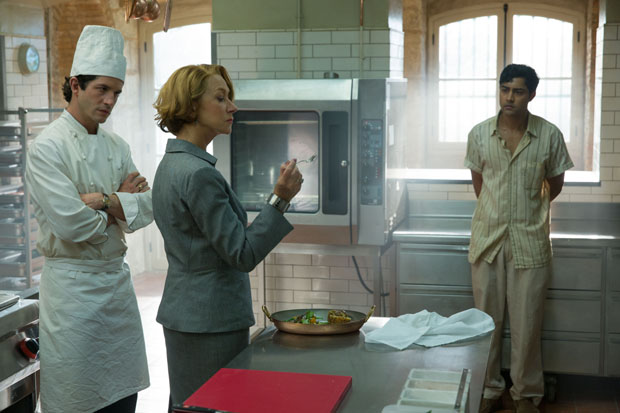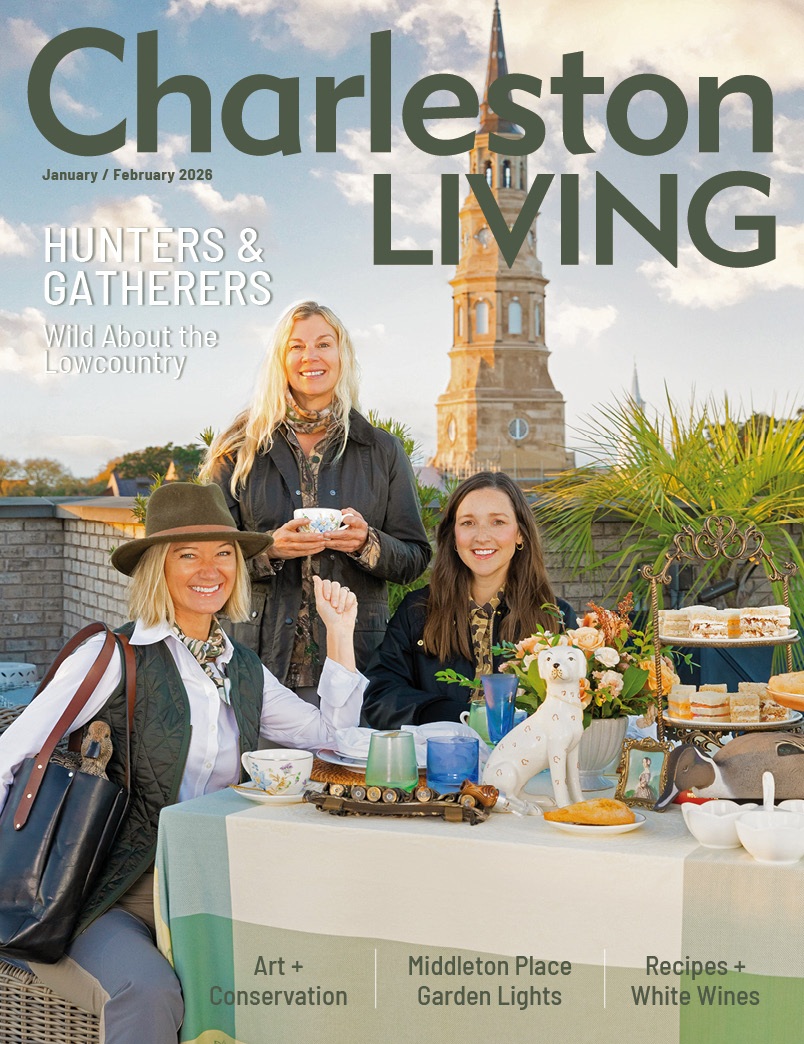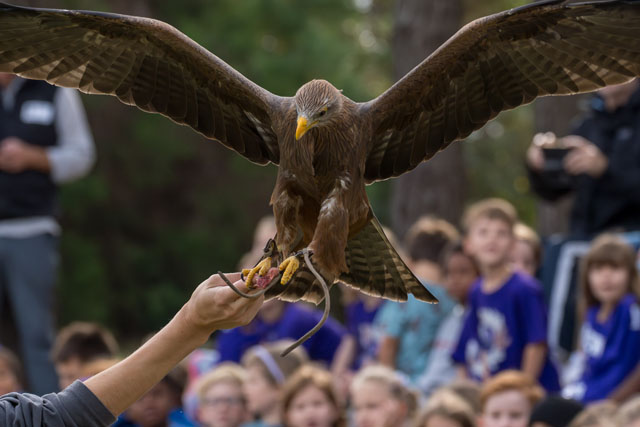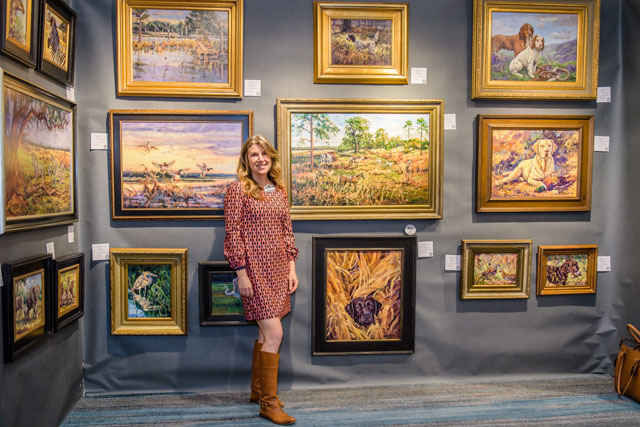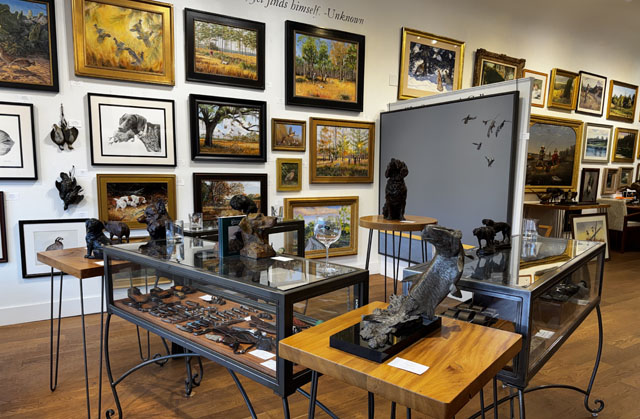The Founding
30 Mar 2013
A brief history on the beginnings of Charleston, 343 years ago.
By HARLAN GREENE
As spring arrives, it returns with a flood of memories—of the era of BC – before Charleston became one of America’s premier cities.
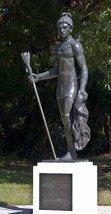 No one knows the exact date, but it was early April 1670 when the ship Carolina sighted the long white oyster bank where White Point Garden stands today. Along the shore were exotic palmettos, and moss draped trees, marshes and savannahs and primeval forests filled with creatures and plants these English men and women had never imagined or seen.
No one knows the exact date, but it was early April 1670 when the ship Carolina sighted the long white oyster bank where White Point Garden stands today. Along the shore were exotic palmettos, and moss draped trees, marshes and savannahs and primeval forests filled with creatures and plants these English men and women had never imagined or seen.
Three ships had left Gravesend, England in August of 1669, bearing 15 tons of beer, 12 suits of armor, 100,000 four penny nails, 59 bushels of flour, among other necessities. They touched Ireland soon after, but did not set foot on Barbados until October. They encountered hurricanes that wrecked one ship and drove others off course; not till the new year did they reach the continent. They landed first at the area of Port Royal, but taking the advice of the Cassique of Kiawah, a friendly native American chief, the settlers were steered to a wide harbor, and a peninsula between two rivers, a land they’d call oyster point.
England had claimed the area soon after Columbus discovered the new world. In the early 1600s, King Charles named the place―after himself, “Carol”, Latin for “Charles.” In 1663, his son, Charles II, having regained the throne that his father lost, took charge of the land. And Carolina, consisting of all the land between Virginia and Spanish Florida, stretching west to the, was a gift he gave away to eight gentlemen who had helped him get the throne back. These Lord Proprietors, none to ever set foot here, would control this area as a private fiefdom for the next 50 or so years.
Lord Anthony Ashley Cooper is remembered in the two rivers shaping the city―the Cooper and the Ashley, while John, the Earl of Clarendon, Baron Berkley, and Sir John Colleton, lent their names to nearby counties. Many of these proprietors would appear in the Starbucks of their day, the Carolina Coffee House, in London’s Birchin Lane, answering questions and encouraging immigration.
One of the lures was land. 150 acres were given to each free settler above the age of 16. The first to answer the call were a medley of middle and lower class folks, with apparently at least one enslaved African as well. Settling not where the city is today, they chose instead a bluff a few miles up the Ashley River, and called it Albermarle Point after another Proprietor. Always currying the King’s favor, the Proprietors suggested that the fledgling village be named “Charles Town” in his honor.
Rice would eventually bring great wealth, making Charleston the richest of colonial cities. By 1680, wanting to flee “the noisome vapors” of the marshes and mosquito- borne diseases, the inhabitants at Albermarle moved to the peninsula between the Cooper and Ashley Rivers, a place constantly “refreshed with cool breathing from the sea.”
The original site of the city is now the state park Charles Towne Landing, with many recreational opportunities and re-creations of some of the early cabins and fields. There’s a statue of the Cassique of Kiawah, and a nature preserve housing many of the animals the colonists first encountered.
Once settled at Oyster Point, snug behind walls (the remnants of which you can see near Tradd and East Bay streets), the city endured wars, hurricanes, earthquakes and other fiery catastrophes. But few ever had to struggle as valiantly as those who began our story, those first colonists who endured a nightmare voyage to make Charleston a dream come true.

